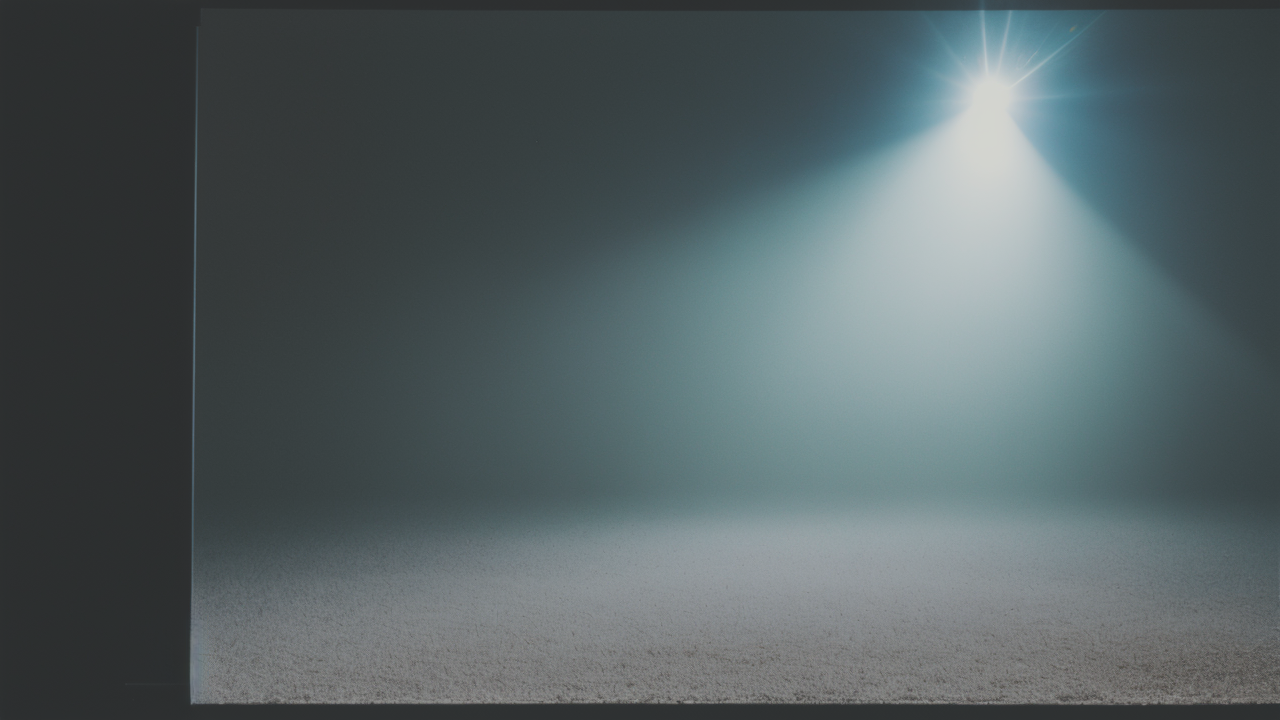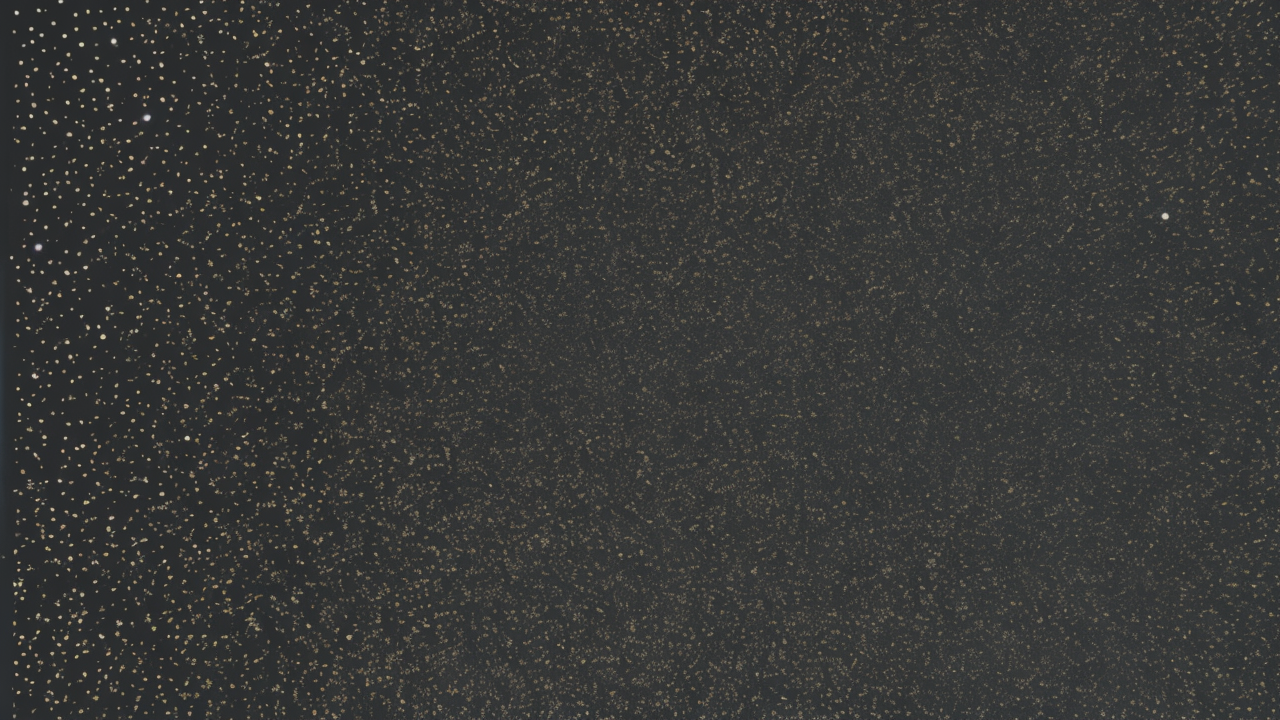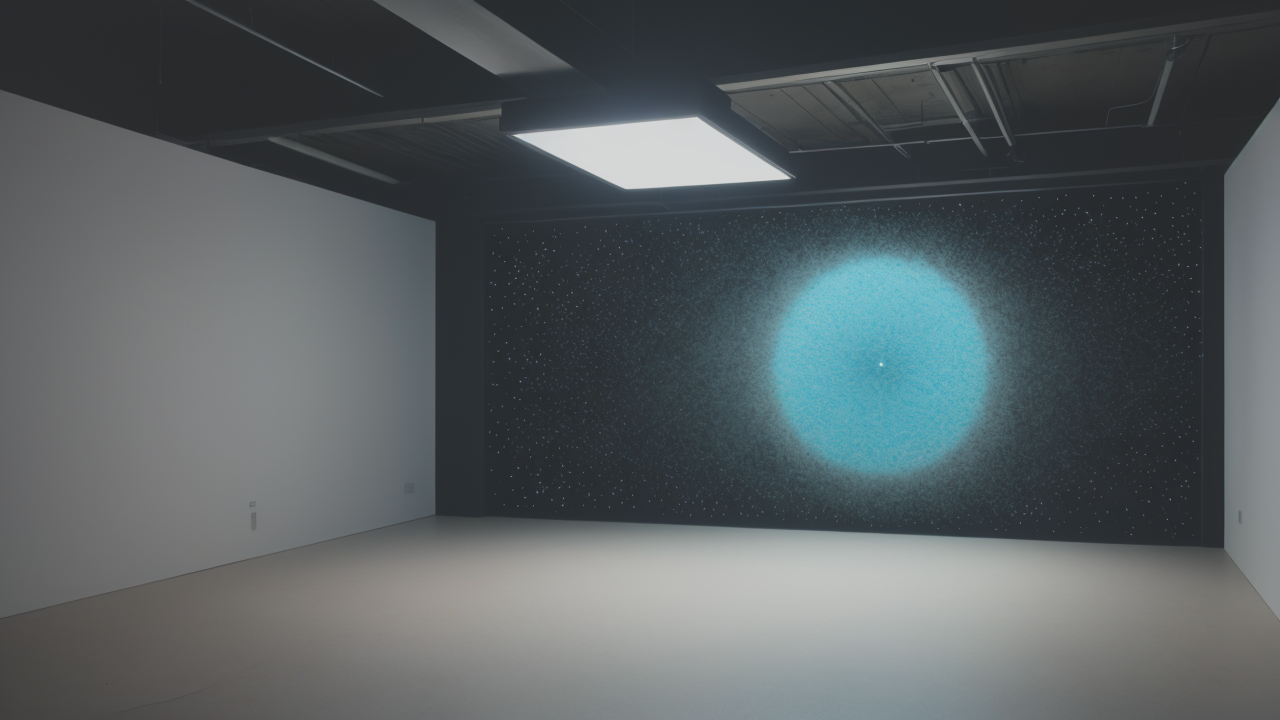
The Art of Modern Minimalism: Incorporating Texture in Plaster Works
Understanding Contemporary Minimalist Art
The Evolution of Minimalism in Visual Art
Minimalism in art has come a long way since its start in the 1960s. At first, it was all about simple

shapes and few colors. Artists wanted to move away from complex art styles. They used basic forms and
plain colors. Over time, this approach has changed. Now, minimalist art includes more variety. Artists use
more colors and different methods. This change matches shifts in society and what people like in art.
Today's minimalist art often mixes simple ideas with bright colors. It finds a balance between being
simple and eye-catching. This new approach has made minimalism more popular. More people can enjoy and
understand it now. The art world has embraced this fresh take on minimalism.
Key Characteristics of Contemporary Minimalism
Modern minimalist art keeps some old ideas but adds new ones too. Here are its main features:
- Simple shapes and layouts
- Few elements used
- Lots of empty space
- Focus on what's most important
- Use of bold colors
- New and unusual materials
- Digital methods
These traits let artists make strong art with just a few parts. Using color adds feeling to simple works.
Empty space is key to highlight the main parts. Artists try new textures and patterns to make things
interesting. They want to make art that looks good and makes people think. This style appeals to people
who like simple things that still have depth. It shows that less can indeed be more in the art world.
Contemporary minimalism proves that simplicity can be both beautiful and meaningful.
Notable Colorful Minimalist Artists and Their Techniques
Painting with Color: Strategies Beyond Traditional Minimalism
Today's minimalist artists are doing new things with color. They use bright hues to make an impact while

keeping things simple. Here are some ways they do this:
- Color blocking: Using big areas of solid colors
- Gradients: Making smooth changes between colors
- Few colors: Picking just a few colors to work with
- Contrast: Using opposite colors to create drama
- One color focus: Exploring different shades of one color
Artists like Ellsworth Kelly and Josef Albers started these ideas. They showed how color alone could make
powerful minimalist art. Now, artists build on these ideas. They try new color mixes and ways of painting.
The result is minimalist art that is simple but catches the eye. It shows that minimalism can be colorful
and expressive. These strategies help artists create works that are both minimal and visually striking.
Incorporating Texture and Patterns in Minimalist Art
Texture and patterns add depth to minimalist art without making it too busy. Artists use different ways to
make art you want to touch:
- Thick paint: Putting on lots of paint to make it stand out
- Scratching: Scraping through paint to show colors underneath
- Collage: Using different materials to create contrast
- Repeated shapes: Using simple shapes over and over
- Digital effects: Making texture with computers
These methods let artists keep things simple while adding interest. Yayoi Kusama's dot patterns are a good
example. Her work is minimalist but has lots of texture. Other artists use geometric patterns to create
rhythm. The key is to use texture and pattern carefully, to enhance the minimalist look. This approach
adds a tactile quality to minimalist art, making it more engaging for viewers.
Influences and Innovations in Colorful Minimalism
How Technology Is Shaping Modern Minimalist Art
Technology has changed how artists make and show minimalist art. Digital tools offer new ways to work with

color and design. Artists can now:
- Make perfect shapes and color fades
- Work in virtual 3D spaces
- Use light and projections in their art
- Make art that people can interact with
- Create art using computer programs
These new tools have expanded what minimalism can be. Artists like James Turrell use light to create
immersive experiences. Others, like Rafael Rozendaal, make digital art for websites. Technology allows for
precise control of color. It lets artists push the limits of minimalist ideas. The result is a new kind of
minimalism that uses high-tech methods but still looks striking. This blend of technology and minimalism
is creating exciting new possibilities in the art world.
Minimalism in Public Spaces: Installations and Exhibits
Minimalist art is now often seen in public places. Big installations and exhibits bring colorful minimalism
to more people. These works often:
- Change how urban areas look
- Create experiences you can walk through
- Work with the buildings around them
- Use unusual materials
- Include elements from nature
Artists like Daniel Buren and Olafur Eliasson make minimalist art for specific places. These pieces often
use bold colors and simple shapes to make a big impact. They make people see spaces in new ways. Public
art makes minimalism accessible to everyone. It turns everyday places into areas for thought and
reflection. This trend has made minimalism more popular outside of art galleries. It shows how simple,
colorful designs can change public spaces and how people interact with them.
In conclusion, the new wave of minimalism in art events shows a vibrant and changing style. It combines
the simplicity of old minimalism with bold colors and new techniques. This approach creates art that looks
striking and makes people think. As technology improves and artists keep trying new things, we can expect
more exciting developments in colorful minimalist art. These works will continue to challenge how we see
things and make our surroundings more interesting. The future of minimalism looks bright and colorful,
promising to keep evolving and inspiring both artists and viewers alike.


